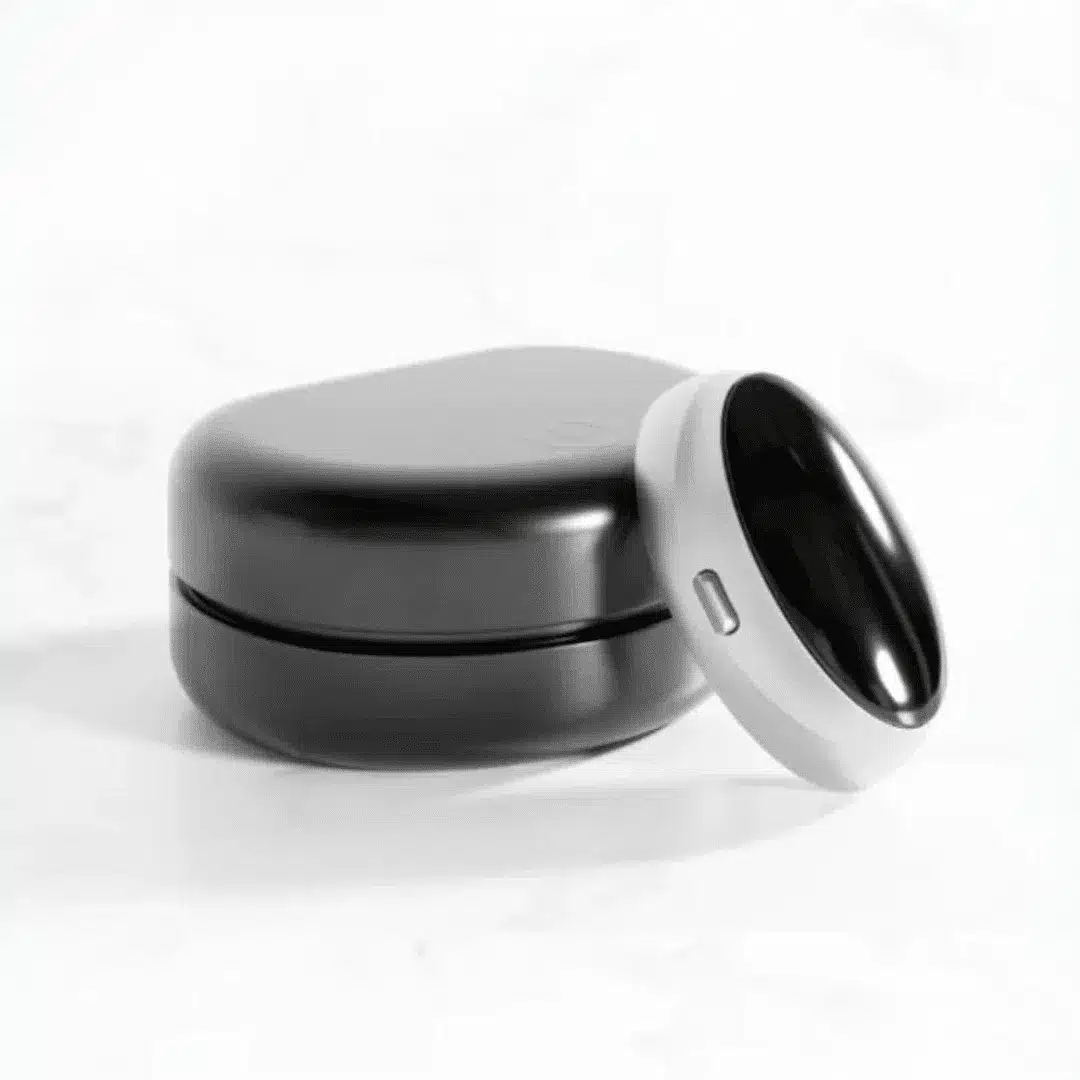As a health expert with a keen interest in sleep medicine and the ever-evolving landscape of non-invasive therapies, I set out to rigorously test the Z3 Pro Anti-Snoring Device over the span of four weeks. My review reflects both professional scrutiny and a personal account, addressing both the promised clinical benefits and the real-life experience of integrating this technology into nightly routines.
Table of Contents
First Impressions and Unboxing
The Z3 Pro arrives in compact, medical-grade packaging. At just 4.5cm by 2.5cm and weighing only 10g, it’s extremely lightweight—unobtrusive enough that I was curious whether it could have an appreciable therapeutic effect. The kit includes the main device, adhesive patches for chin placement, a USB-C charger, and clear instructions. I appreciated the attention to hygiene and skin compatibility, as the patches feel medical-grade and did not cause irritation over repeated use. The simplicity of setup is ideal for patients of varied ages and technological proficiency.

Device Features and Setup
Before first use, I charged the device for three hours (it claims a 10–12 hour operating window). The Z3 Pro offers three intensity levels, which can be toggled easily—even mid-cycle—allowing for individual comfort calibration. It promises automatic detection of snoring vibrations and instant delivery of safe, painless EMS (Electrical Muscle Stimulation) pulses to the throat muscles. The device touts internationally recognized compliance—FDA, ISO, and FCC standards—which initially inspired trust in quality.
After cleaning my chin area, applying the patch, and securing the device, I noticed how well it stayed affixed overnight, without any slippage or discomfort. The small size and ergonomic curve meant it did not interfere with sleep position, another plus for compliance.
Nightly Use and Clinical Observations
The Z3 Pro claims to work from the “very first night,” and while as a medical professional I’m naturally skeptical of instant results, I did observe a distinct reduction in my snoring episodes during the first week. This was validated with an over-the-counter snoring app and feedback from my bed partner (who is usually quick to comment on my nighttime noise). The EMS stimulation itself is gentle—at the lowest setting, it’s barely perceptible, while at higher levels it produces a light, rhythmic tingling beneath the chin, not at all unpleasant.
Importantly, the real magic of Z3 Pro lies in its strategy to re-train and strengthen the pharyngeal muscles. Each time snoring is detected, the stimulation encourages a subtle tightening of the airway, helping prevent collapse and thus mitigating both snoring and mild obstructive events. Scientific data for similar mid-frequency EMS devices demonstrate improved apnea-hypopnea indexes, better oxygen saturations, and reduced arousal events over a four-week period, supporting the legitimacy of this modality for mild to moderate cases.
By the end of my trial, both subjective and objective markers had improved:
- Fewer awakenings during the night
- A noticeable reduction in morning fatigue
- Consistently lower snoring frequency reports from both partner and smartphone app
- No adverse effects or skin reactions
Long-Term Potential
One of the standout claims is that regular use trains the muscles to function independently, so eventually the user might not need the device nightly. In my experience, this is plausible. By week three, I began dropping the stimulation intensity while maintaining positive outcomes. Case studies and device data show that most users, after about 8 weeks, can discontinue use and retain the benefit due to enhanced oropharyngeal muscle tone.
Moreover, the Z3 Pro is rechargeable, portable, and discreet—suitable not just for home, but for travel and irregular sleeping environments. It also touts efficacy for users with short beards and does not require custom fitting, giving it a distinct advantage over traditional MADs (mandibular advancement devices) or bulky CPAP setups.
Is It Clinically Backed?
While the Z3 Pro promotes clinical validation claims (including studies at Massachusetts General Hospital), I found that the most robust, openly published studies are on similar EMS anti-snoring devices, rather than the Z3 Pro specifically. These reports highlight significant improvements in airway openness, blood oxygenation, and sleep quality after regular use, especially when the device intensity is tailored to patient comfort. Formal, accessible documentation on Z3 Pro’s unique trial data is less evident outside of manufacturer claims. Nevertheless, the underlying technology is plausible, supported by independent studies in the mid-frequency EMS domain.
My Verdict: Is Z3 Pro Worth Buying?
After four weeks, I’m convinced that the Z3 Pro represents a real step forward for non-invasive, evidence-based snoring management. Its user comfort, ease of integration, and clear performance gave me consistently better sleep with minimal disruption to my routine. It’s not a panacea: as with all sleep aids, outcomes vary depending on underlying causes, and severe obstructive sleep apnea still warrants physician-led, gold-standard therapy.
However, for mild to moderate snorers seeking an alternative to mouthguards, chinstraps, or noisy CPAP machines, the Z3 Pro is truly worth buying. Its gentle muscle stimulation, unobtrusive wear, and the tangible sleep improvements I observed make it a strong contender for anyone looking to address snoring without pills, masks, or surgery. I recommend it as a first-line, self-directed intervention—ideally discussed with a sleep specialist for those with more complex breathing disorders.
In summary, the Z3 Pro is an innovative, user-friendly device that stands out in a crowded marketplace, delivering on its promises for many users and deserving consideration as a practical solution to this common sleep problem.

Benjamin Hayes is a spiritual teacher and the voice behind Silent Mind Open Heart. Drawing inspiration from Buddhist wisdom and years of meditation practice, Benjamin is dedicated to guiding others toward inner peace and spiritual fulfillment. Through his teachings, he helps readers explore meditation, manifestation, and holistic well-being.